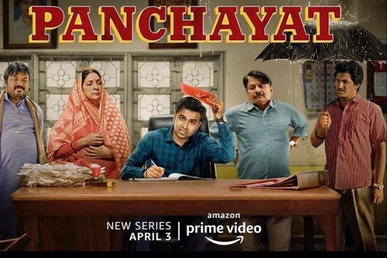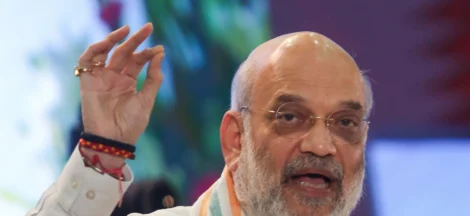Tensions are growing between the Congress and Samajwadi Party as Uttar Pradesh prepares for its three-tier panchayat elections, expected in early 2026. While Congress is actively rebuilding its grassroots machinery, signs point to a more independent electoral approach. This emerging divergence places pressure on the INDIA bloc’s regional strategy.
Congress leaders in Uttar Pradesh have initiated an intensive organisation-building drive across all 75 districts. Under the “Sangathan Srijan” campaign, the party has appointed district and city presidents, established executive committees, and plans to form booth-level units by mid‑August. The goal: forge a strong network capable of fighting elections under its own banner.
Conversely, Samajwadi Party president Akhilesh Yadav continues to emphasise the importance of the INDIA alliance. He has publicly reaffirmed that the bloc remains intact and that SP will contest both the upcoming assembly polls in 2027 and the panchayat elections within it. However, internal SP sources hint at a nuanced stance, suggesting they might contest solo or limit Congress to a reduced number of seats.
Signs of friction surfaced when Congress MP Imran Masood demanded a more equitable seat-sharing formula than the one adopted in 2024. In response, Yadav stressed that anyone dissatisfied with the terms was free to exit the alliance. Meanwhile, Congress in‑charge Avinash Pande stressed that while respectful alliances are under consideration, the party is preparing to contest all 403 assembly seats if necessary.
Congress’s parallel strategy gained momentum when Lok Sabha Leader of Opposition Rahul Gandhi extended birthday greetings to Akhilesh Yadav, emphasizing unity. Yet this message created friction within UP Congress circles, where grassroots cadres interpreted it as a directive from the national leadership to maintain the alliance. This tension underscores a deeper question: whether Congress intends to fully embrace a subordinate role or assert its own regional strength.
On the ground, both parties are treating the panchayat polls as a rehearsal for the 2027 Assembly elections. Samajwadi Party has dissolved most of its district committees to restructure along ‘PDA’ lines aimed at consolidating its base. Congress is prioritising booth-level mobilisation and outreach to OBCs, Dalits, women, minorities and under‑50 leaders—a deliberate departure from its earlier marginal role.
Smaller parties are also staking claims. The Azad Samaj Party, led by Chandrashekhar Azad ‘Ravan’, has explicitly ruled out an alliance with SP and phrases the panchayat elections as a direct confrontation with BJP. ASP will contest solo to demonstrate rural strength.
The BJP-led alliance too is preparing, with partners like Apna Dal and NISHAD party opting to field separate local candidates while maintaining post‑poll understanding. They view these polls as critical for strengthening their grassroots support base.
Analysts observe that while SP remains vocally committed to the INDIA bloc, Congress is deploying tactical ambiguity—publicly open to alliances, yet systematically enhancing its capacity to go it alone. Both parties face a delicate balancing act: maintaining alliance unity against the BJP while protecting their brand identity in a high-stakes rural battleground.
Within the Congress, the focus on local factors and community representation signals a long-term recalibration. By embedding itself in local governance structures and boosting local leadership demographics, the party is not just contesting a few seats—it’s pushing to rebuild relevance across UP’s vast rural heartland.



 Sports Channels Unblocked Amid Bilateral Freeze
Sports Channels Unblocked Amid Bilateral Freeze 